Nostalgia on Tuesday: Rise of the movies
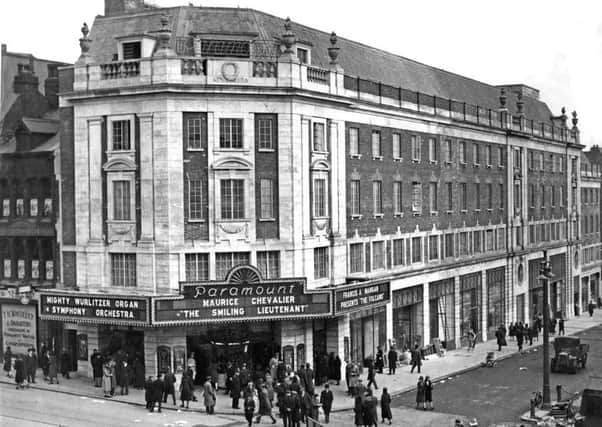

Experiments in producing films were continued during the late 19th century by several inventors including William Friese Greene, Thomas Edison and the Lumiere brothers.
The Empire in Leicester Square, London, is credited as showing the first film performance in England on February 7, 1896. Robert E. Preedy in Leeds Cinemas (2005) mentions that Leeds city centre witnessed its first cinema shows in Briggate around the same time. Stead’s former pork shop was the venue.
Advertisement
Hide AdAdvertisement
Hide AdFilms were screened in Leeds meeting halls and became a feature of nightly theatre programmes. The Coliseum (later Gaumont) cinema opened in a former concert hall and variety theatre in Cookridge Street in 1905.
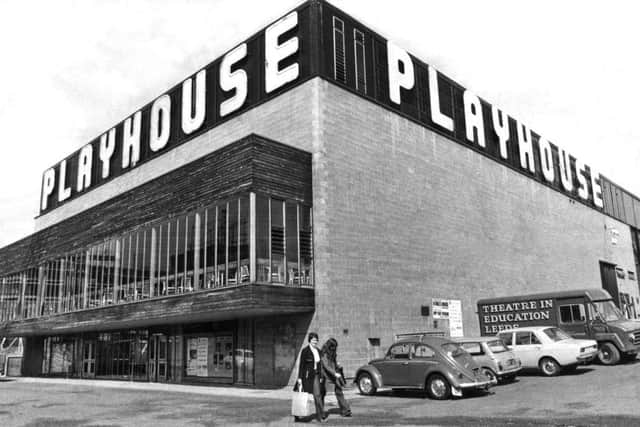

The Assembly Rooms (later the Plaza), in New Briggate, showed films from 1907. The opening picture featured the stage act of music hall comedian ‘Little Tich’. Seating was available for 1,000 patrons. A converted confectioner’s shop in Kirkgate was transformed into the Theatre de Luxe from December 1910 with seating for a mere 383.
By the Edwardian period films were immensely popular throughout the UK and pictures houses appeared in almost every city and town.
Safety legislation encouraged the growth of purpose-built picture houses. Quite often the exterior of the venue had an eye-catching frontage. Leeds city centre’s first purpose-built cinema, the Picture House, was opened by Provincial Cinematograph Theatres at 47 Briggate on April 4, 1911. Advertised in the Leeds Mercury as “the most luxurious cinematograph theatre”, admission to the 650-seater was 6d and 1s with children half-price.
Advertisement
Hide AdAdvertisement
Hide AdThe first week’s programme included Shakespeare’s, Henry VIII. Three weeks later the Leeds Mercury stated the Picture House had ‘leapt rapidly into the front rank of the Leeds places of amusement’.
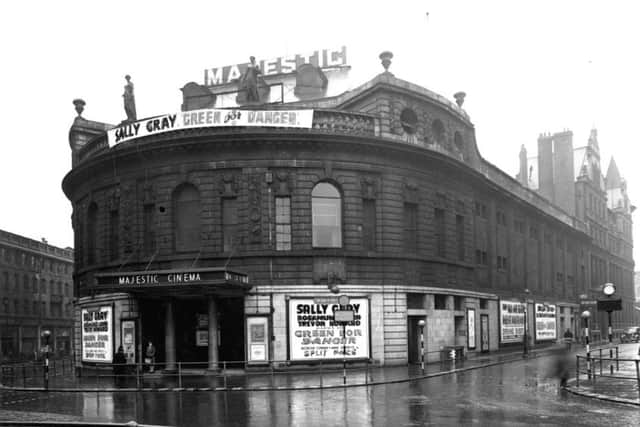

In June, the Picture House boasted screening ‘Magnificent Pictures of the Coronation Procession’.
More Leeds city centre cinemas were established in quick succession. The City cinema opened in the Royal Exchange Chambers on Boar Lane in 1915 . Five years later, the Tower, adjacent to the Grand Theatre, New Briggate, opened. The first film was The Kinsmen followed by a Charlie Chaplin picture.
The city centre’s first super cinema, the Majestic, opened on land bought from Leeds Council for £80,000 on June 5, 1922. Newcastle architect, P J Steinlet, designed the building for Leeds Picture Playhouses. The first film shown was Way Down West. The Majestic had its own symphony orchestra and organ.
Advertisement
Hide AdAdvertisement
Hide AdIn the same year, the Scala, in Lands Lane, opened. Architects Essex and Goodman produced the designs with seating for 1,692. The first film shown was The Game of Life.
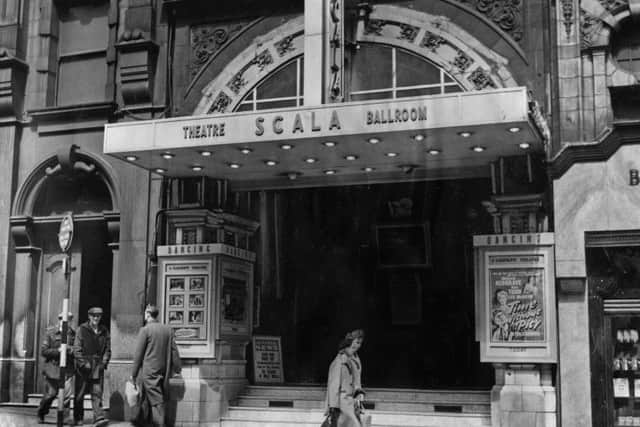

The first feature film originally shown as a talkie was The Jazz Singer, released in October 1927. Featuring Al Jolson it was first screened in Leeds at the Picture House, which by this time had undergone a name change to become the Rialto. Also to be noted in 1931 were the changes to the Empire Palace Theatre in Briggate which was altered to accommodate films as well as regular variety.
When the Paramount opened its doors in 1932, it was noted that “the cinema industry in Leeds had grown from a dubious kind of entertainment presented shakily in tumbledown barns to a form of entertainment so vast that often the largest and most imposing of a city’s buildings were needed to house the millions of devotees”.
The Leeds Paramount Theatre, which rose magnificent and modern at the corner of Headrow and Briggate, adhered to the Headrow’s new building line. The exterior was designed by Sir Reginald Blomfield, who also produced plans for the Headrow widening scheme. The Paramount was built for and operated by US-based Paramount Pictures.
Advertisement
Hide AdAdvertisement
Hide AdTwo years later a development on Vicar Lane saw the Ritz welcome patrons. Another cinema addition before the Second World War was the News Theatre, adjacent to the Queens Hotel, opening in 1938.
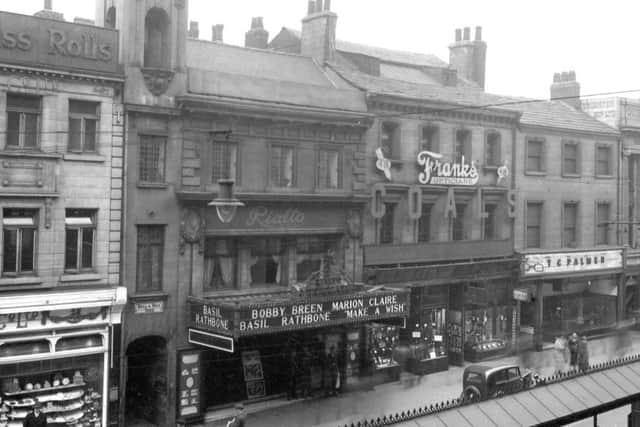

The following decades saw several openings but the years were largely dominated by ownership changes then large-scale closures.
The Merrion Centre Odeon opened during 1964 but closed 13 years later. A film society formed in the early 1970s showed foreign and art films in the Leeds Playhouse but this ceased once the West Yorkshire Playhouse was built.
Subsequently there were a number of name changes and closures. The ABC became the Cannon in March 1987, the MGM in 1991 but reverted back to the ABC in 1993. Closure came in February 2000 and the building demolished in 2006.
Closure of the Majestic by the Rank organisation came with The Good, the Bad and the Ugly, on July 10, 1969.